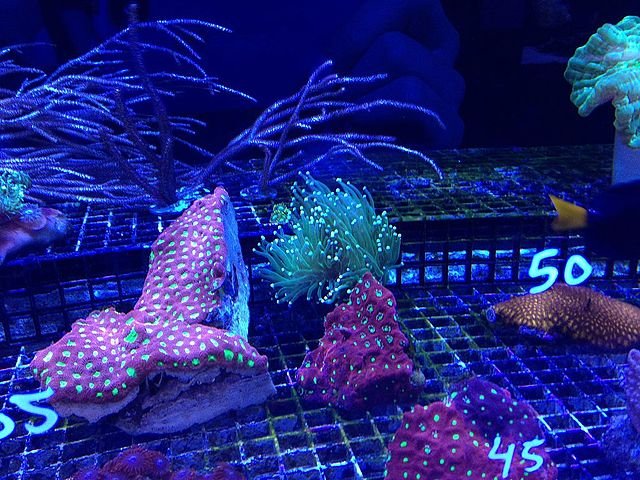Australia – An international research project has used gene-editing technology to examine the heat tolerance of Great Barrier Reef coral with the results set to guide efforts in combatting the effects of climate change.
The study published in the journal Proceedings of the National Academy of Sciences (PNAS) involving researchers from Stanford University, the Australian Institute of Marine Science (AIMS), and Queensland University of Technology (QUT), used the CRISPR-Cas9 technique to make precise, targeted changes to the genome of coral.
Using this new technique, the research team demonstrated the importance of a particular gene on heat tolerance in the coral Acropora millepora.
Lead author Dr Philip Cleves, Principal Investigator at the Carnegie Institute for Science –Department of Embryology (formerly of Stanford University), developed new genetic methods to study corals and their response to climate change while undertaking postdoctoral research with Professor Pringle at Stanford University and colleagues in Australia.
“We developed an improved CRISPR-Cas9 method that allowed us to test gene function in coral for the first time.” Dr Cleves said.
“As a proof-of-concept, we used CRISPR-Cas9 genome editing to understand the function of a key gene that influences the ability of coral to survive heat.”
AIMS Principal Research Scientist and head of the Reef Recovery, Restoration and Adaptation Team Dr Line Bay said that the emergence in the past decade of CRISPR-Cas9 provided a powerful tool to study the genes that influence heat and bleaching tolerance in corals.
“Understanding the genetic traits of heat tolerance of corals holds the key to understanding not only how corals will respond to climate change naturally but also balancing the benefits, opportunities and risks of novel management tools such as selective breeding and movement of corals among reefs,” she said.
Stay Always Informed
Join our communities to instantly receive the most important news, reports, and analysis from the aquaculture industry.
CRISPR-Cas9 acts like a pair of genetic scissors, allowing scientists to make precise changes to the DNA of an organism which allows them to either turn off a target gene or replace it with another piece of DNA.
In this study, the researchers used CRISPR-Cas9 to turn off the Heat Shock Transcription Factor 1 gene (HSF1), which plays a crucial role in the heat response in many other organisms.
The modified larvae survived well in water with a temperature of 27 degrees Celsius but died rapidly when the water temperature was increased to 34 degrees. In contrast, the unmodified larvae survived well in the warmer water.
Dr Dimitri Perrin, a chief investigator with the QUT Centre for Data Science, said the use of CRISPR technology in this study had enabled an increased understanding on the fundamental biology of corals.
“By removing the gene, and then exposing the coral larvae to heat stress, we demonstrated that the modified coral larvae died whereas the unmodified larvae were unharmed under the increased temperature,” Dr Perrin said.
“This result shows the key role HSF1 plays in coral coping with rising temperatures.”
The researchers said they were are excited for this technological advance as it paved the way towards new genetic tools and knowledge for coral which would support their management and conservation in the future.
The scientists who discovered the CRISPR-Cas 9 technique recently received the Nobel Prize for Chemistry.
Reference:
Phillip A. Cleves, Amanda I. Tinoco, Jacob Bradford, Dimitri Perrin, Line K. Bay, and John R. Pringle. Reduced thermal tolerance in a coral carrying CRISPR-induced mutations in the gene for a heat-shock transcription factor. PNAS first published November 9, 2020; https://doi.org/10.1073/pnas.1920779117
Source: Australian Institute of Marine Science
Editor at the digital magazine AquaHoy. He holds a degree in Aquaculture Biology from the National University of Santa (UNS) and a Master’s degree in Science and Innovation Management from the Polytechnic University of Valencia, with postgraduate diplomas in Business Innovation and Innovation Management. He possesses extensive experience in the aquaculture and fisheries sector, having led the Fisheries Innovation Unit of the National Program for Innovation in Fisheries and Aquaculture (PNIPA). He has served as a senior consultant in technology watch, an innovation project formulator and advisor, and a lecturer at UNS. He is a member of the Peruvian College of Biologists and was recognized by the World Aquaculture Society (WAS) in 2016 for his contribution to aquaculture.




